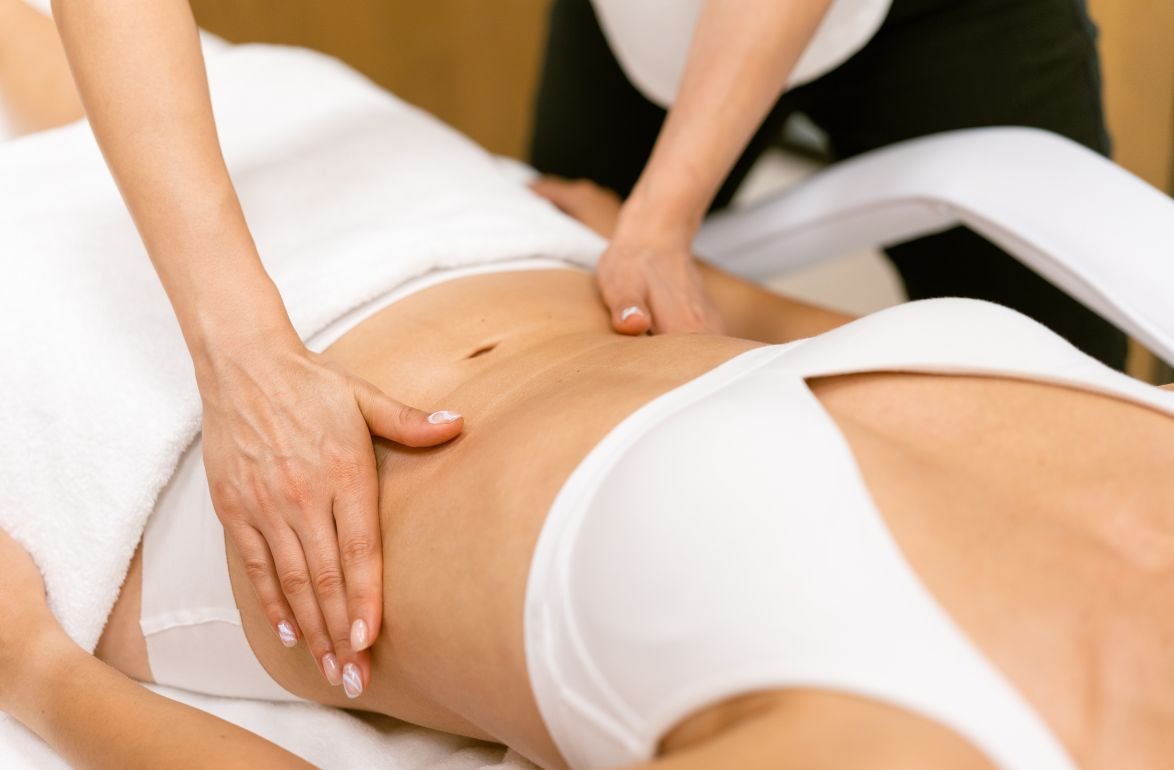
What is osteopathy?
“Osteopathy aims to restore balance and harmony to the body.”
Andrew Taylor Still
Osteopathy is a gentle, safe and effective form of manual therapy. It is a holistic, patient-centred healthcare approach. Osteopaths are highly trained and are well known for their expertise in the evaluation, diagnosis and management of the entire musculoskeletal system and its relationship with other systems in the body. Osteopaths believe everyone can benefit from a tailored, whole-person approach to health.
It is based on the principle that our wellbeing is dependent on the entire structure of our body functioning in harmony.
From supporting mothers and babies; keeping the elderly active and mobile; aiding recovery from muscle and joint injuries, or supporting in the management of chronic long-term conditions, an osteopath will take the time to help you keep healthy and mobile. Using expert hands-on treatment, exercise, and health advice, their aim is to aid recovery, promote health and to give you the tools to prevent symptoms from recurring.
They also work closely with other healthcare professionals such as consultants, nurses, midwives, and nutritionists in order to optimise the health of the whole person.
what can osteopathy treat?
Patients seek treatment for a wide variety of conditions.
These may include:
Back pain, pelvic pain, or sciatica
Neck pain, headaches or migraines
Hip, knee or ankle pain
Shoulder, elbow or wrist pain
Sports injuries
Pregnancy and post-pregnancy related pain
Sleeping, feeding or digestive problems in babies
Supporting those with breathing related disorders
Digestive or gynaecological complaints

“The science of osteopathy is founded upon a knowledge of the fact that man is a compound of body, mind, and spirit.”
Andrew Taylor Still
what to expect at your first appointment
At the start of your first appointment, I will ask you questions about your medical history and lifestyle, as well as any symptoms you may be experiencing. This is very important as it will help me to make an accurate diagnosis and suggest appropriate treatment.
I will then need to examine the area(s) of your body causing discomfort. I will always explain what I am doing as I go along. Sometimes the cause of the problem may be in a different area to the pain. (For example, pain in your lower arm may be linked to the nerves in your neck.)
You are always welcome to ask a friend or relative to accompany you and be present throughout your appointment.
Your Treatment
I will then explain what I have found and how we might progress in treatment. This may involve further visits for manual therapy. Exercises may also be prescribed. Helpful advice for your particular condition will be given in order for you to relieve or manage your pain, keep active and maintain the best of health.
Occasionally I may feel further tests are required and refer you to your doctor or another appropriate health professional.
Is Treatment Painful?
Osteopathic treatment is usually a very gentle process and I work very hard to make treatment as painless as possible, but you may experience some discomfort during and after treatment.
Following treatment, you may experience some mild soreness in the area of the body that was treated, this will normally resolve within 48 hours. If you experience serious or unusual symptoms after treatment, please contact me for advice.
Training and Regulation
I am registered both in the UK with the General Osteopathic Council and in Spain with the Registro de Osteópatas de España, giving you the confidence in my training and continued professional development required to maintain registration with these regulatory bodies.
I am an alumni member of the Foundation of Paediatric Osteopathy.



